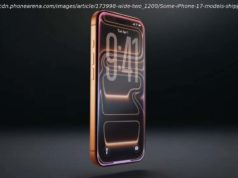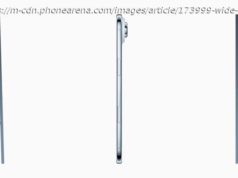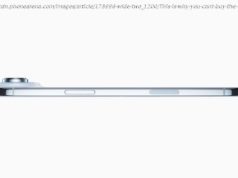It’s that time of year again kiddies; Mobile World Congress is in full swing and with it comes a flagship phone announcement from Sony Mobile. Say hello to the Sony Xperia XZ2!…
Packing Qualcomm’s latest Snapdragon 845 system on chip – with 4GB of RAM – Sony made it a point to work closely with the chipset maker to get the most out of its silicon. This starts first with the Snapdragon’s digital image signal processor (ISP) which the two companies worked on to deliver HDR 4K video recording for the first time on a smartphone. The tight integration continues with RF antennas, where Sony incorporated all the necessary hardware to fully utilize the SD 845’s gigabit LTE modem for the fastest LTE speeds available. Lastly, the XZ2 offers screen -off „OK Google “ hot-word detection and does so in what the two companies say are very low-power, efficient states – Qualcomm’s SD 845 itself is 30% more efficient than the 835.
Sony’s phones have rarely disappointed us with their battery life, and we expect the Xperia XZ2 to perform well in this regard. It comes with a 3180mAh battery, which is considerably bigger than the one we had on the XZ1. However, let us not forget that the cell now has a bigger and presumably more power-demanding screen to keep lit.
Sony definitely appears to have checked all the right boxes for a solid high-end flagship. With powerful specs, refreshed aesthetics, and rich multimedia capabilities, the Xperia XZ2 is ready to take on the competition. And with all of this finally comes the until-now elusive fingerprint scanner, while the power to shoot 4K HDR video and playing it back on its HDR screen gives the XZ2 an edge over its rivals. Altogether, the Sony Xperia XZ2 is a uniquely designed and high-performing flagship device. We just hope for Sony’s sake that this isn’t „too little too late“ for mainstream consumers.
Dual cameras haven’t made their way to Sony flagships yet, but we don’t anticipate Sony – the maker of many high-end phones‘ camera sensors – to let us down here. 19 megapixels and Sony’s „Motion Eye“ technology should mean crisp photos and stunning 960 FPS super slow-mo videos, which now can be recorded in full 1080p HD. As mentioned, the Sony Xperia XZ2 also becomes the first smartphone to support 4K HDR video recording which Sony and Qualcomm say capture and project around 64 times more color than SDR. Initial impressions of this video capture are indeed impressive, but some cropping does take place, which is a slight drawback to this feature.3D creator has also been improved by tweaking post-processing algorithms to capture more detail and textures, while also adding the ability to capture 3D scans on your own with the 5 MP, front-facing selfie camera. As always, you can 3D print these, but new is the ability to share them via Facebook not as mere links, but as proper, interactive 3D images. Another big focus for the Xperia XZ2 was its prowess in entertainment. High-resolution audio playback through Bluetooth and USB-C is achievable with Sony’s patented LDAC codecs, while the XZ2’s stereo speakers are 20% louder than those on the XZ1. Sony’s also added a neat trick here as well, dubbed Dynamic Vibration. Implementing a haptic feedback actuator twice the size of the previous version, the XZ2 takes audio from games, music, and videos and emphasizes it with haptic feedback from the phone. This will mostly focus on lower-pitch sounds. For instance, games like Angry Birds will have more of a thud when you’re destroying those pig’s houses, while music and movies will also be more tactile, and presumably more immersive experiences. Dynamic Vibration can also be turned off if the user so desires. Much to the chagrin of wired headphone/auxiliary cable advocates, the Sony Xperia XZ2 does away with the 3.5mm headphone jack, but bundles an adapter for the USB-C 3.1 port to support such connections. Otherwise, Bluetooth 5.0 and Qi wireless charging round out connectivity satisfactorily on this phone.






